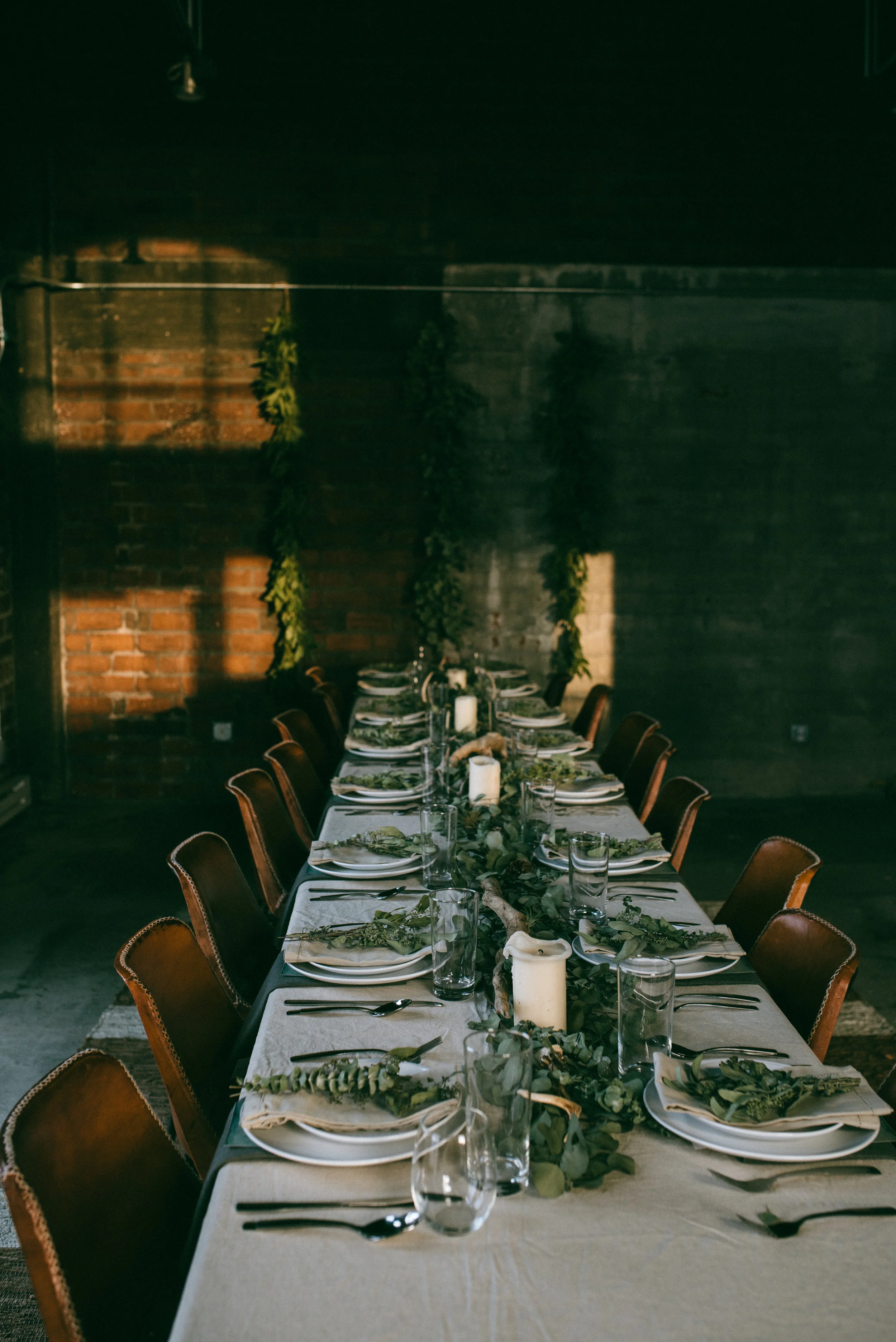henna
/A few weeks ago I asked my readers over on my Facebook page who I should interview next. I received a couple of suggestions and one of them was local henna artist, Rayna Gasteiger.
Guys, this girl's work has been popping up in my Instagram feed for months! So it was great to finally meet the artist behind all the art I've been seeing. We met up at Mars and she did some henna on my hand, while I asked her some questions about her art. It was a very relaxing experience, probably because the paste she uses contains lavender.
Below are a few pictures, as well as some snippets from our discussion. (Thanks to Cassandra Monroe for that last photo! All others from my own camera and iPhone)
Before starting on my arm (I probably should've worded that differently because it makes her sound like a vampire!) Rayna filled me in on all things henna-related. I had no idea, but henna is a plant! Its leaves contain a dye which stains your skin, similar to the way blueberries naturally stain your skin that purple-blue hue. But instead of that color hue, henna's hue is a reddish brown.
The stain starts out orange, but progresses into that reddish brown tone over the course of forty-eight hours. After the forty-eight hours is up, the stain can last up to two weeks. But it's longevity is really dependent on how diligent you are with aftercare.
Thankfully, afterwards Rayna gave me her business card and it was full aftercare info. My main piece of advice is that you should let the henna dry for ten to twenty minutes and then wait four to six hours before scrapping off the excess. She suggests using skin oil to remove the excess, but she doesn't suggest using water. Water will just exfoliate the stain and cause it to fade, but oils will help to protect it.
Once you scrape the excess off, you'll see the design has set onto the uppermost layer of your skin. It's really beautiful and (bonus points) smells amazing! That great smell is due to the fact that Rayna uses a mixture of lavender, lemon juice, and essential oils for her paste. For the next few hours after my appointment, my arm smelled like it a mystical candle (which was awesome.)
I asked Rayna how she became interested in henna as an art form and she told me it was because of a camp she attended as a child. "I was adopted and every year my mom took me to a cultural camp in Boone. It was her way of immersing me in my cultural heritage. That's where I was exposed to henna."
Rayna also explained to me the difference between natural henna and unnatural henna. The former is chemical free, but the latter isn't and has the potential to permanently damage the skin. Rayna uses organic henna - no chemicals whatsoever - but some artists use unnatural (or black henna) and it's full of chemicals that can end up scarring people.
Rayna's advice is simple, "If the the artist can't tell you what's in their henna, you should steer clear."
One thing I enjoyed about this experience was that it made you slow down. I couldn't move too much while she was working, so I had to sit still and that forced me to be really present and appreciate the artistry that was right in front of me.
Rayna's art is interesting to me, because I think her canvas is really the entire city. She has hopes of one day working on a mural (anyone have connections? holler at your boy!) but for now, she is enjoying the various hands she's been able to work on.
You can follow her on Instagram @r.a.dhenna. And if you're having a party or special event, I think she'd be a great addition. Your guest will leave feeling like a work of art. I know I did.















